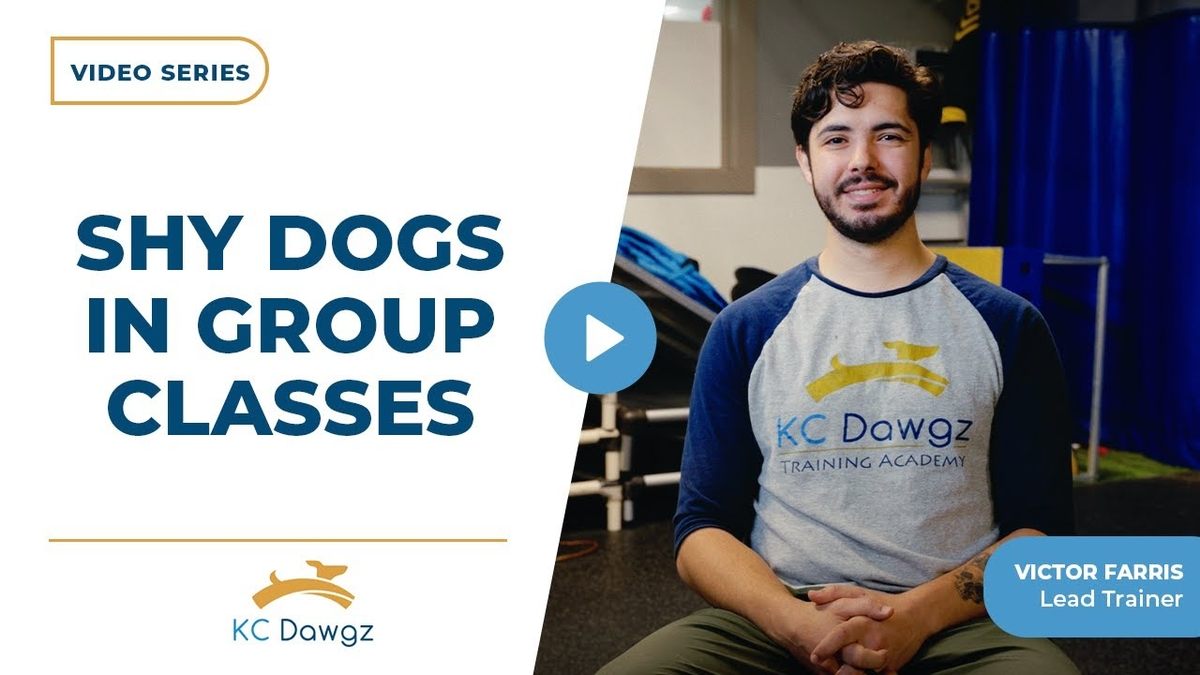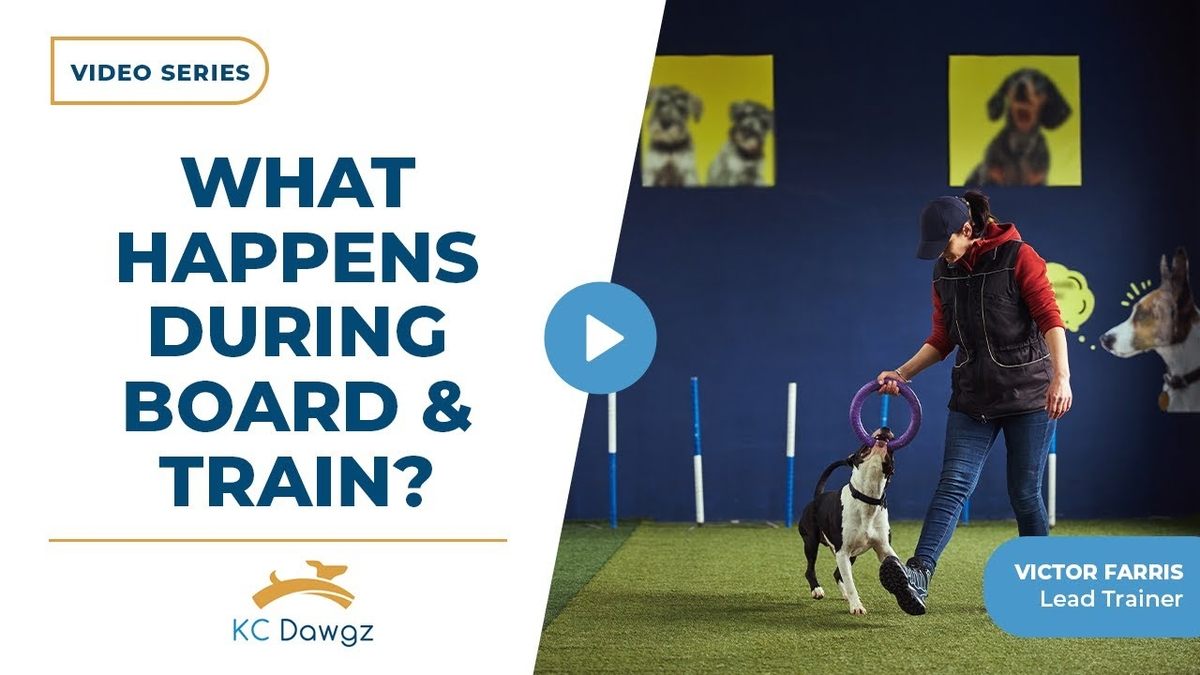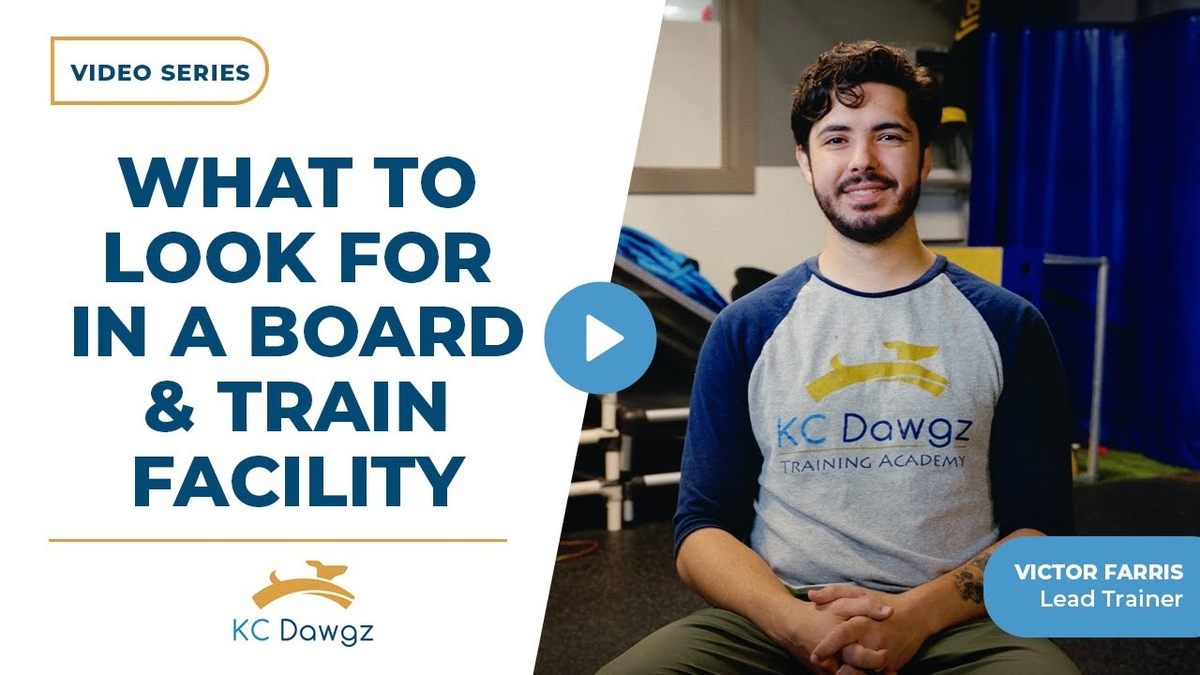Training a puppy in an apartment comes with its own set of unique challenges. Unlike those fortunate enough to have a spacious backyard, apartment dwellers must rely on structured walks and designated potty areas for their furry companions. In this article, we’ll discuss how you can successfully potty train a puppy with the right blend of patience, consistency, and strategic methods.
Understanding the Importance of Supervision
Supervision is key to successful potty training, especially in an apartment setting. When you’re vigilant and keep a close eye on your puppy, you can intercept any accidents before they happen. By supervising your puppy closely, you create boundaries and establish expectations, significantly reducing the likelihood of indoor accidents.
Building Confidence in Older Dogs
Confidence plays a crucial role in a puppy’s ability to learn and adapt to new environments. By providing a structured routine and positive reinforcement, you can help boost your puppy’s confidence, making them more receptive to training. Encouraging positive experiences during potty breaks outside reinforces the behavior you want to see.
Implementing Structure and Advocacy
Creating a structured environment for your puppy promotes consistency and clarity. Consider carrying a leash inside the apartment to signal to your puppy that it’s time for a bathroom break. Be proactive in recognizing signs that your puppy needs to go outside, such as whining or sniffing around. By advocating for your puppy’s needs and maintaining clear boundaries, you set them up for success.
Importance of Socialization
Socialization is not only essential for a puppy’s overall development but also plays a role in potty training. Exposing your puppy to various environments and experiences helps them feel more comfortable and confident when it’s time to go outside. Encourage positive interactions with other dogs and people during walks, reinforcing good behavior and building trust.
Tailoring Training to Individual Needs
Every puppy is unique and will progress at their own pace. While there are general guidelines for how long a puppy can hold their bladder based on age, it’s essential to pay attention to your puppy’s specific needs and behaviors. Adjust your training approach accordingly, focusing on positive reinforcement rather than punishment.
Recognizing Signs of Confidence
Confident puppies are more likely to succeed in potty training. Look for signs of confidence, such as eagerness to explore outside or readily following commands. Celebrate these moments with praise and rewards, reinforcing the desired behavior and building trust between you and your puppy.
Balancing Positive and Negative Reinforcement
While positive reinforcement is the cornerstone of effective potty training, it’s also important to address unwanted behaviors calmly and assertively. Redirecting your puppy’s attention and providing clear guidance can help them understand what is expected of them. However, always prioritize positive reinforcement to create a positive association with outdoor potty breaks.
In Summary
Training a puppy in an apartment requires patience, consistency, and a positive attitude. By understanding the importance of supervision, structure, and socialization, you can set your puppy up for success in their potty training journey. Remember to tailor your approach to your puppy’s individual needs and celebrate their successes along the way.
If you require additional guidance or have any inquiries, please don’t hesitate to reach out to us. Our team is dedicated to supporting you and your puppy as you navigate the journey to successfully potty train a puppy in an apartment. We’re here to ensure both you and your furry companion thrive in your apartment lifestyle.





